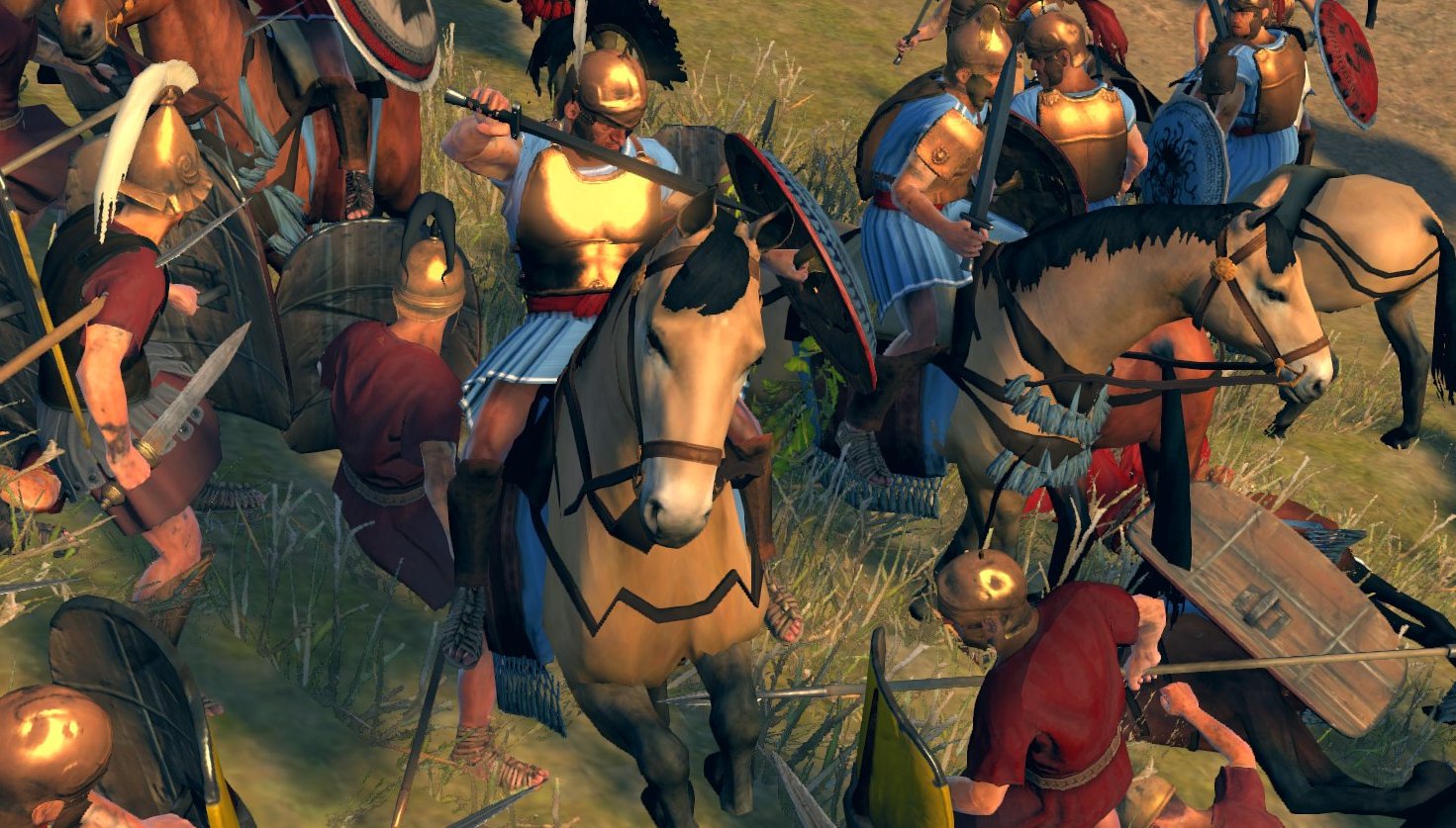

However, with the proper strategy, Merchants could turn into absolute money-generating powerhouses.

No one really bothered with them because it didn't seem like they made much money. This was always a big problem with the Merchants in Medieval 2: Total War. RELATED: 10 Best Cities In Rome: Total War There's a lot of wine and pottery in Northern Italy, for example, but you won't find any wine in the wooded wilderness of Southern Britain. It should also be noted that resources are relevant to the area. Resource nodes are represented by icons on the map (Wood, Stone, etc) Merchants act like other agents (Diplomats, Spies) and can move around the map Merchants can be trained at a Town or City with at least a Market building present This scales with the overall level of the Merchant, which is boosted by either surviving a rival Merchant's buyout or by successfully outpricing another faction's Merchant on a nearby resource.

Leave your merchant next to the Resource node and they will generate a small amount of income per turn. You train them (you need a Market building in your City or Town) and send them out into the world to look for Resource nodes, marked on the map with a little image of a pile of wood, a pot of wine, or whatever resource is common in that region. Merchants are very simple and work much like they did in Medieval 2: Total War ( one of our favorite Medieval strategy games of all time).


 0 kommentar(er)
0 kommentar(er)
